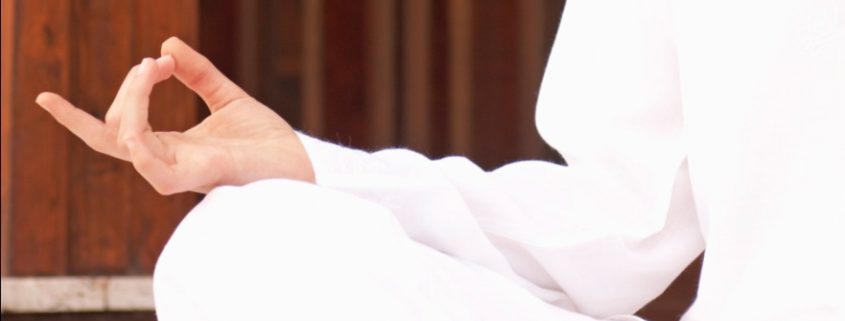Types of Anxiety – Meditation in Relieving Anxiety !!
Do you remember the last time you felt fretful? Maybe the night before the examination or on your interview day. Such events in our lives typically generate temporary anxiety which vanishes after the incident. Anxiety disorders are classified as Generalized Anxiety Disorder (GAD), Panic disorder, Social Anxiety disorder, Obsessive Compulsive Disorder (OCD), Post Traumatic Stress Disorder (PTSD) or Phobias. Over the years, it has been studied and observed that meditation is useful in relieving anxiety. People nowadays are becoming aware that meditation is asolution to reduce stress and anxiety level.
The worst phase of anxiety is where the thoughts that won’t leave our mind. Meditation helps with this problem by making peace in our feverish mind. Now, the question arises how can we reduce anxiety? If one is ready to make couple of changes in the lifestyle, they can initiate the process of reducing anxiety.
It all starts with a healthy and nutritious diet. It has been identified that the people who eat junk food and sweets are more prone to depression and anxiety than the people who stick to a healthy diet like fruits, green leafy vegetables, etc. Sleeping for 7 to 8 hours in the night is also important. It has been observed that sleeping for less than 7 to 8 hours can cause irritability and a person is most likely to feel anxious.
As a beginner you have to follow these steps for regular meditation.
Meditation is one of the most significant antidotesto get rid of fretfulness. The accurate type of meditation can give insightful rest to the body processes. Rest is the most natural way of treating stress and anxiety. One should be cognizant of the fact that the most prevalent and operative rumination is Transcendental Meditation method. It is proven that this meditation method generates a deep state of recreation in the body. Mindfulness Meditation has been presented to have a durable effect on diminishing the warning signs of depression and anxiety.
Following are the meditating tips that help when we include meditation in our daily routine:
- Start with the basics: It is important to choose a very peaceful and serene space to meditate. Weneed to set up a mood for meditating. Also, remember that a good posture is essential whilst meditating. Sit upright and in a way which is comfortable. It will be best to choose an ambiance devoid of the tempting distractions. Once we know how to seat ourselves, now we need to spend few moments on concentrating. Our mind will wander at first but we need to centralize our thoughts. To focus, channel all the attention on the breath.
- Let there be a proper flow of thoughts: Afterwe spent few minutesin challenging the attention on tothe breath, now we need to allow the mind to wander around. Avoid judgingthe feelings and thoughts and try best to keep this process natural.
- Spend few minutes in that reposed state where we just observe our thoughts, but won’t act. Notice that mind wandering reduces and thoughts slowly reduce or vanish.
Remember that meditation requires commitment because people quit easily if they are not able to achieve the inner peace within certain time. It takes time and commitment to get into good meditative state and start experiencing the benefits.
Find a good practitioner or location for group meditation at https://www.vydya.com/meditation.htm.








